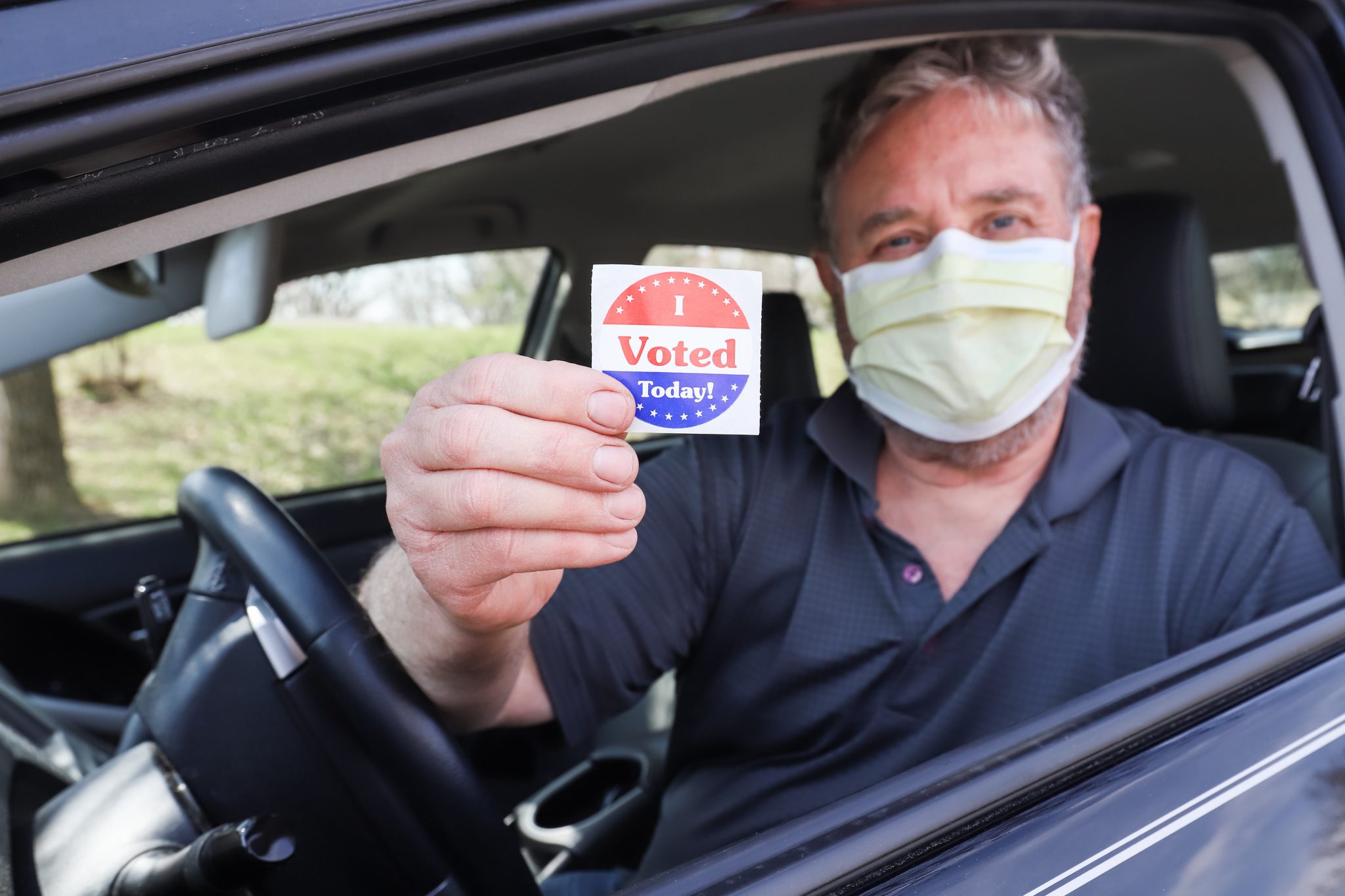State and local leaders, in partnership with social media platforms, must prepare the information space for the onslaught of disinformation that epidemic-necessitated changes to the election process could generate.
New York democrats may not be casting a ballot in the presidential primary this June. That’s because last month, New York became the first state to cancel its presidential primary over coronavirus concerns—a move that was reversed last week by a federal judge in a decision the State Board of Elections has since appealed. Not content to miss an opportunity to cry foul, Russia’s propaganda apparatus seized on the move to highlight domestic “outrage” at the change and question whether it constituted a “blatant coronation” of Vice President Joe Biden at the expense of Senator Bernie Sanders. And it illustrates a challenge policymakers and election administrators will have to grapple with: changes to our voting processes—even reasonable ones—are potential fodder for the Kremlin’s information operations.
Russia’s efforts to shape the narrative around New York’s decision is consistent with its efforts to amplify intra-party divisions and cast the primary process as “rigged.” By deepening divides within the American public and diminishing its trust in institutions, the Kremlin hopes to weaken our democracy by making it harder to govern.
That’s deeply concerning. To ensure that every American can vote safely in remaining primaries and in November, numerous changes to existing election processes will be necessary. Process changes can spark confusion. Voters are likely to have questions about new procedures. And as election administrators and poll workers adapt to new ways of working, mishaps and snafus could occur. Confusion, we know, generates demand for information—and that creates an environment ripe for disinformation.
We learned this lesson in February after the Iowa Caucus debacle. Then, the Kremlin’s network of state media and sympathetic agitators sprung into action, highlighting conspiracy theories about murky ties between various candidates and the malfunctioning app that caused delays in the reporting of election results, and pressing the case that the primary had been rigged by the “corporate” media and party elites in order to deny Senator Sanders a clear win.
If confusion reigns in future elections, the Kremlin will be more than happy to stoke it. Frighteningly, in such a scenario, Russia and its proxies would not actually have to interfere in our election to cast doubt on its outcome. It could instead simply capitalize on confusion to claim that the results are illegitimate.
Or, in a variation on that theme, Moscow could claim that it had itself interfered, whether or not it actually did so. There’s precedent for this type of false flag operation. Russia tried it around the midterms in 2018, when shortly before polls closed, a website that claimed to be run by Moscow’s infamous Internet Research Agency, announced falsely that the Kremlin had conducted a successful interference campaign, published a spreadsheet purporting to be the advance results of every Senate contest and sent taunting messages to reporters in an effort to draw media attention. Fortunately, that claim was debunked before it was widely spread. But Russia could try a false flag operation again, not least because the American public is now primed to expect manipulation. That would be a nightmare.
That’s why social media platforms, the federal government, and state and local officials, from governors to election administrators, should take proactive steps now to prepare the information space. State and local election officials should fill it with accurate information about how and where to vote. That will decrease the demand for spin, speculation and disinformation.Second, platforms and state and local governments should work together to ensure that the social media accounts of relevant public officials are verified. That will help give voters the context they need to evaluate the information they encounter, while simultaneously making essential accounts harder to spoof. These accounts are a form of critical infrastructure, and we should treat them that way. Platforms should take steps now to reach out to public officials and encourage them to get verified.
State and local election officials also need to ensure that they are using websites with a .gov domain, secured by a standard security protocol such as HTTPS. As of November 2019, county election websites in multiple states did not have a .gov domain, making it difficult for voters to assess their legitimacy. Many more websites were left unsecured, making it easier for an adversary to hijack them to provide false information about an election result.
New York leaders face a difficult decision—one that requires weighing risks to public health and to public confidence in the voting process. Election administrators across the country will be forced to face similar fraught tradeoffs. It’s up to federal, state and local leaders, in partnership with social media platforms, to prepare the information space in advance for the onslaught of disinformation that epidemic-necessitated changes to the election process could generate. These steps should be easy, inexpensive, and non-controversial. Amidst a noisy conversation about how to vote safely in a pandemic, let’s not lose sight of them.
The views expressed in GMF publications and commentary are the views of the author alone.





